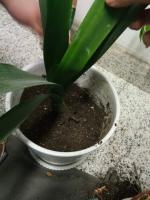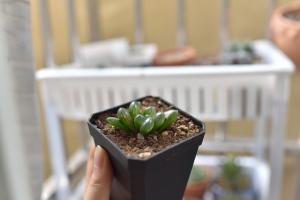Can You Water Tomato Plants with a Sprinkler?
Tomato plants are beloved by gardeners for their juicy, sweet fruit, but they also require specific care and attention to grow healthy and strong. One question that often comes up among gardeners is whether or not it is safe to water tomato plants with a sprinkler system. In this article, we will explore the benefits and drawbacks of using a sprinkler to water tomato plants.
Benefits of Using a Sprinkler to Water Tomato Plants
One of the main benefits of using a sprinkler to water tomato plants is convenience. If you have a large garden with many tomato plants, it can be time-consuming to water each one individually. A sprinkler system allows you to water all the plants at once, saving you time and effort.
Another benefit of using a sprinkler is that it can help keep the soil evenly moist. Tomato plants require consistent moisture to grow, and a sprinkler can help ensure that they receive the water they need. This can also help to prevent over-watering, as you can set the sprinkler system to turn off after a certain amount of time.
Drawbacks of Using a Sprinkler to Water Tomato Plants
While there are benefits to using a sprinkler to water tomato plants, there are also some drawbacks to consider. One of the main concerns with using a sprinkler is the potential for water loss through evaporation or runoff. If the sprinkler is set to water during the hottest part of the day, much of the water may evaporate before it reaches the plants.
Another drawback of using a sprinkler is the potential for disease. Tomato plants are susceptible to various fungal and bacterial diseases, and watering from above can increase the risk of infection. When water splashes onto the leaves, it can create conditions that are ideal for the growth of fungi and bacteria.
Alternatives to Using a Sprinkler to Water Tomato Plants
If you are concerned about the drawbacks of using a sprinkler to water tomato plants, there are alternative methods you can try. One option is to water the plants by hand using a hose or watering can. This allows you to water the plants directly at the base, avoiding the leaves and reducing the risk of disease.
Another option is to use a drip irrigation system. A drip system delivers water directly to the roots of the plants, reducing water loss through evaporation and runoff. This can also help to reduce the risk of disease, as the water is delivered directly to the soil and not splashed onto the leaves.
Tips for Watering Tomato Plants
Whether you choose to use a sprinkler, hand watering, or a drip system, it is important to follow some basic guidelines for watering tomato plants. First, make sure to water the plants regularly, as inconsistent watering can lead to issues such as blossom end rot. Second, avoid getting water on the leaves, as this can increase the risk of disease. Finally, water the plants deeply to encourage strong root growth.
In Conclusion
While using a sprinkler to water tomato plants is convenient, there are some downsides to consider. If you are concerned about water loss or disease, there are alternative methods you can try. With proper watering techniques, you can help ensure that your tomato plants thrive and produce delicious fruit.

 how many times do yo...
how many times do yo... how many planted tre...
how many planted tre... how many pine trees ...
how many pine trees ... how many pecan trees...
how many pecan trees... how many plants comp...
how many plants comp... how many plants can ...
how many plants can ... how many plants and ...
how many plants and ... how many pepper plan...
how many pepper plan...





























